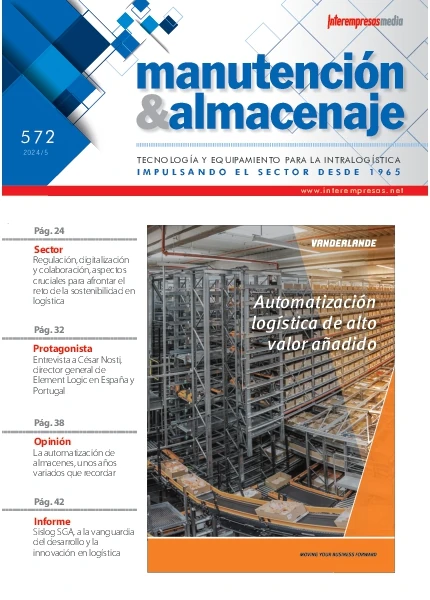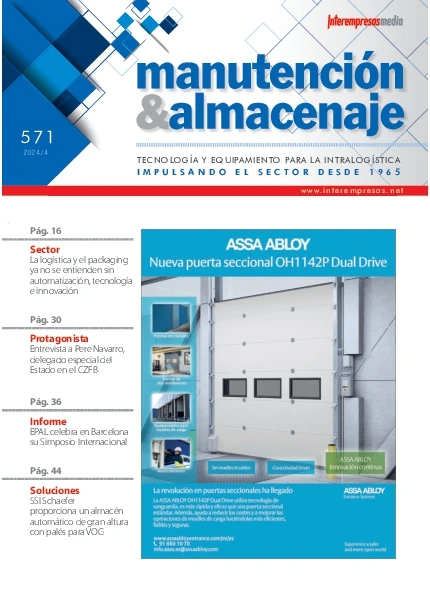Colorimetric chemical sensors
Currently, the design of new chemical sensors studying processes that generates a macroscopic signal well by fluorescence or color change. However, in most cases the optical signal is only observable in non aqueous acetonitrile and chloroform solvents, either the signal is not easily noticeable because it relies on a decrease of colouring in the dissolution.
The detection method developed by researchers at the UPV allows the detection of certain substances in aqueous solutions by means of a simple change of easily noticeable color visually.
- The cyanide anion is one of the most toxic inorganic anions that exists, however it is also one of the most widely used in many applications such as fibres and resins manufacturing, obtaining of herbicides and the mining of gold.
- The sulfide anion also features a high and, at the same time toxicity, it is used in many industrial processes (dyes, cosmetics, wood etc.). In addition, their presence in aqueous effluents increases due to microbial sulfate reduction by anaerobic bacteria. The effects of this chemical to health are numerous as the ability to irritate mucous membranes, causing loss of knowledge and respiratory paralysis.
- Amines are a group of compounds that are part of the amino acids and in addition many of them have very powerful as histamine or alkaloids physiological activities. On the other hand, amines are useful in the industry, for example, in the chemical industry serve as intermediaries in the manufacture of dyes and synthetic fibres.
- Industrial processes can release fluorides in the air or water. The fluoride can cause damage and decrease in plant growth and degradation in the bones of animals and humans.
- Mercaptans or thiols include important biochemical compounds. Some of the amino acids containing the thiol group are important parameters in the clinical diagnosis.
- ATP or adenosine triphosphate is a molecule consisting of a purine, a sugar and three phosphate groups. ATP store usable energy by the cells of living things and to perform biological functions. This detection method has been developed together with researchers from the University of Valencia
Innovative aspects and advantages
- They can be used in aqueous media.
- Provided measurement is easily noticeable visually.
- They can be operated at different levels of accuracy (qualitative, quantitative and semiquantitative).
- Possibility to act as dosimeters (cumulative record).
Advantages
- Reliability: the reactions in which the methods are based are specific, so interference causing the presence of other compounds when performing the analysis through classic tests are removed.
- Simple and economical Instrumentation: does not need expensive instrumentation. The technology could attach to the design of a "Kit" of rapid analysis for the acquisition of semicuantitativo analysis. If that is necessary a greater accuracy is only need to have a colorimeter, instrument which can be very small (almost laptop) and at a very affordable price.
- Simplicity of use and speed: over methods colorimetric used currently, detection posed by the methods described is carried out by the appearance of color, which allows a greater sensitivity, both low and high concentrations.
Applications
Detection of ATP can be used to determine the quality and age of foods as meat and fish. It could be applicable in the fields of forensic medicine, biotechnology, food and pharmacy technology. And, finally, the detection of thiols provides relevant data to the clinical diagnosis.






































